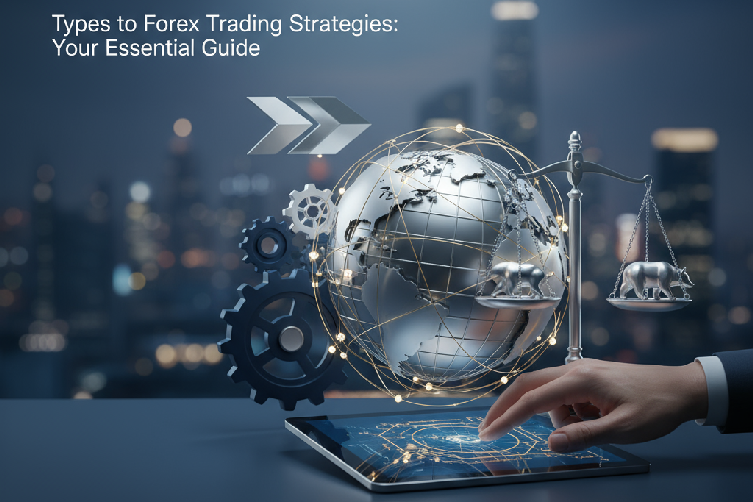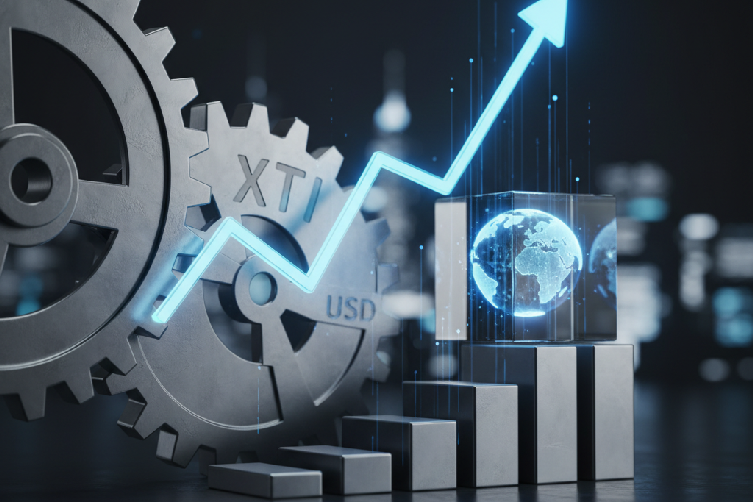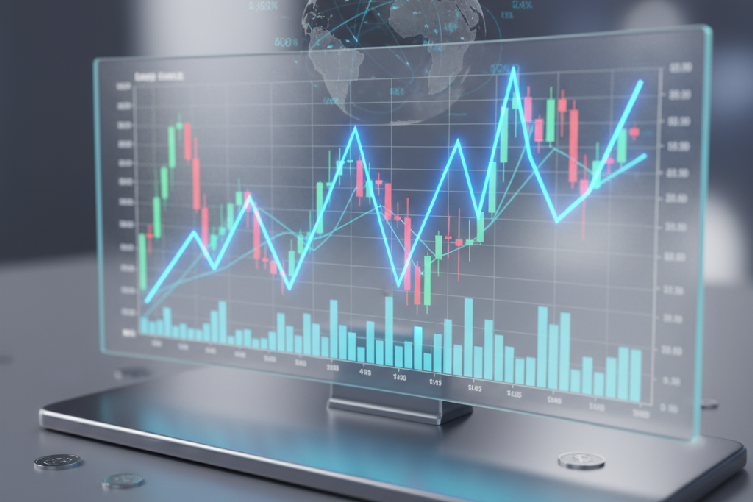Types of Forex Trading Strategies: Your Essential Guide

In today’s fast-paced financial markets, having a solid forex trading strategy isn’t just a good idea—it’s essential for survival. Whether you’re just starting out or have years of experience, understanding the different types of strategies in forex trading is your key to success.
This guide breaks down everything you need to know. We’ll explore the core types of strategies in forex trading, from technical and fundamental analysis to price action and automated methods. You’ll learn how to implement each one effectively, backed by insights on risk management, market psychology, and modern technology. Our goal is to equip you to choose the perfect strategy that fits your trading style and risk tolerance.
To get started on the right foot, consider partnering with a regulated forex broker. A reputable firm provides the tools, support, and secure environment necessary to put these powerful forex trading strategies into action. Let’s dive in and uncover the insights that can transform your trading.
Understanding Forex Trading
Before mastering the various types of forex trading strategies, you need to grasp the basics of the market itself. Forex, or foreign exchange, is the global marketplace where currencies are bought and sold. With a daily trading volume of over $6 trillion, it’s the largest and most liquid financial market in the world.
What is Forex Trading?
At its core, forex trading is simply the act of exchanging one currency for another. For instance, if you trade U.S. dollars for Euros, you’re participating in the forex market. This continuous exchange, which runs 24 hours a day from Monday to Friday, is influenced by economic data, geopolitical events, and overall market sentiment. Its nonstop nature provides endless opportunities for traders to capitalize on price movements at any time.
Key Components of Forex Trading
To build a perfect strategy, it’s crucial to understand these market characteristics:
- Market Liquidity: The forex market is incredibly liquid, which means you can execute trades almost instantly with minimal impact on the price.
- Volatility: Currency pairs can be highly volatile. This creates both significant opportunities and risks that a good strategy must manage.
- Leverage: Forex trading often uses high leverage, which can amplify both your potential profits and your losses. This makes choosing a solid type of strategy in forex even more critical.
- Global Impact: Events from anywhere in the world can ripple through the forex market, highlighting the need for a strategy that considers both global and local factors.
- Charts and Patterns: Traders use candlestick, bar, and line charts to spot patterns. Recognizing common formations like head and shoulders, triangles, and flags can signal potential trend reversals or continuations.
- Indicators and Oscillators: Tools like the Relative Strength Index (RSI), Moving Average Convergence Divergence (MACD), and Bollinger Bands help traders identify overbought or oversold conditions, momentum shifts, and ideal entry or exit points.
- Trend Analysis: Identifying the market’s direction—be it an uptrend, downtrend, or sideways movement—is fundamental. Trend lines and moving averages are key visual aids for confirming market trends.

The Role of Strategy in Forex Trading
A well-defined forex trading strategy is the foundation of any successful trading plan. Think of it as your roadmap, guiding you through the market’s complexities. It helps you pinpoint entry and exit points, manage your risk effectively, and keep emotions from clouding your judgment.
Whether your approach is based on technical indicators, fundamental economic data, price action, or automated systems, a strategy provides structure. It transforms trading from a risky guessing game into a disciplined, data-driven process designed to achieve consistent and positive results over time.
Categories of Forex Trading Strategies
Understanding the main categories of forex trading strategies is the first step toward building a plan that works for you. Let’s explore the primary types and their unique characteristics.
Technical Analysis Strategies
Technical analysis is one of the most popular types of strategy in forex trading. This method involves analyzing historical price movements, chart patterns, and technical indicators to forecast future price behavior.
#### Core Components of Technical Analysis
With studies suggesting that over 70% of successful traders incorporate technical analysis, its importance cannot be overstated. By learning to read the charts, you can gain valuable insights into market psychology and make more informed trading decisions. Mastering this approach provides a solid foundation for any aspiring forex trader, setting the stage for consistent performance in the markets.

















 This simplification allows traders to focus on the most meaningful trends and patterns within the forex market.
This simplification allows traders to focus on the most meaningful trends and patterns within the forex market.